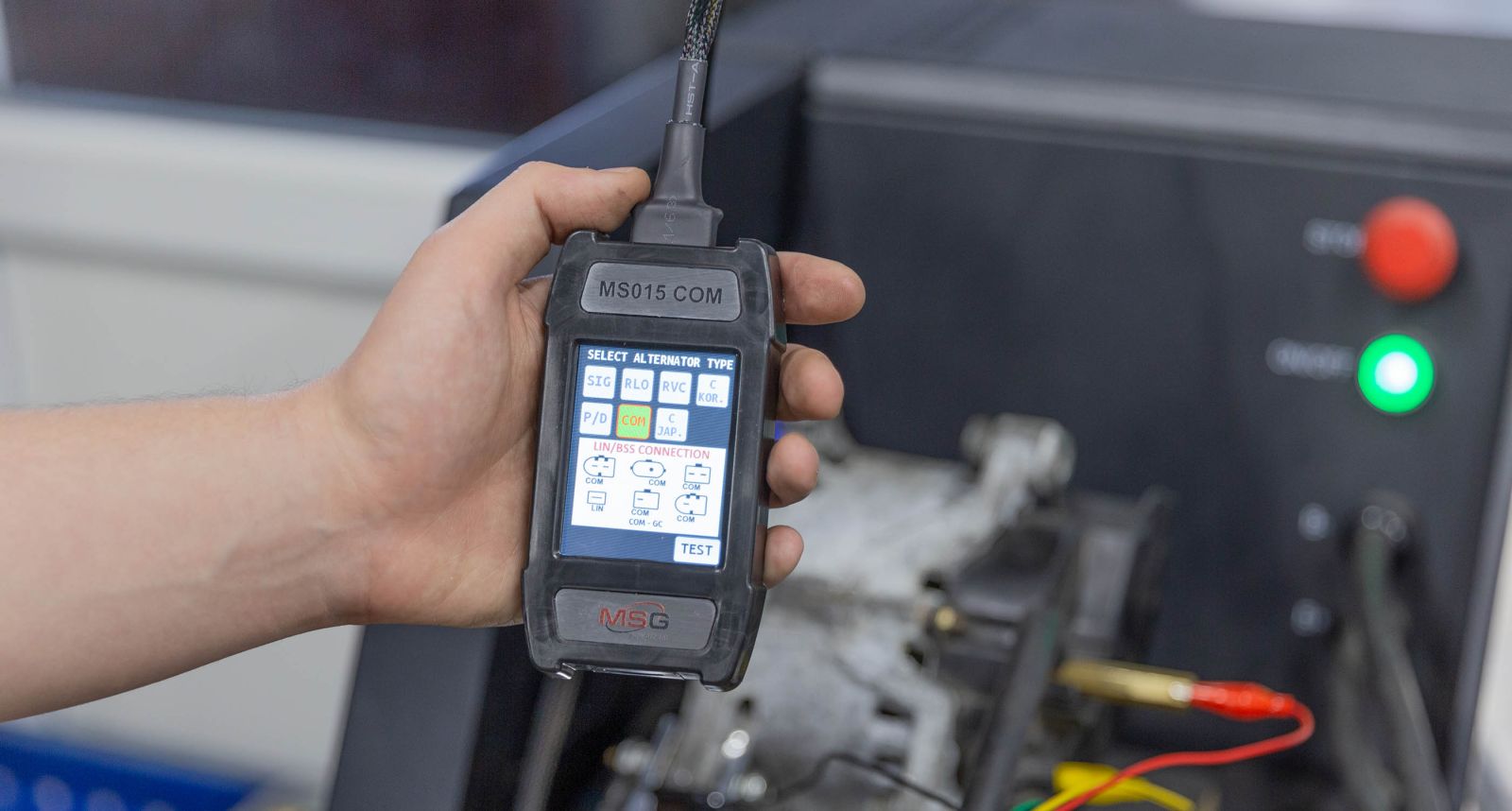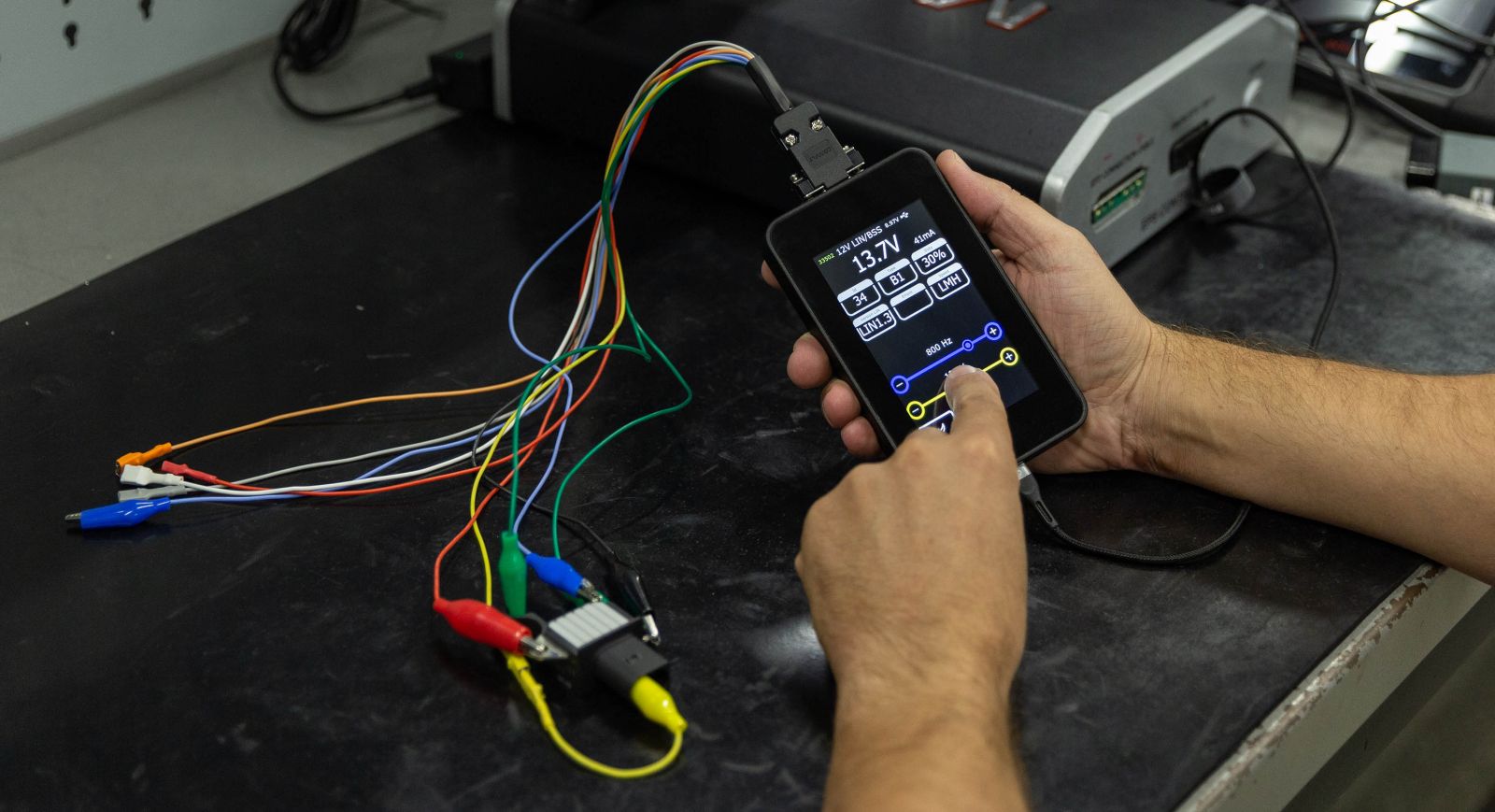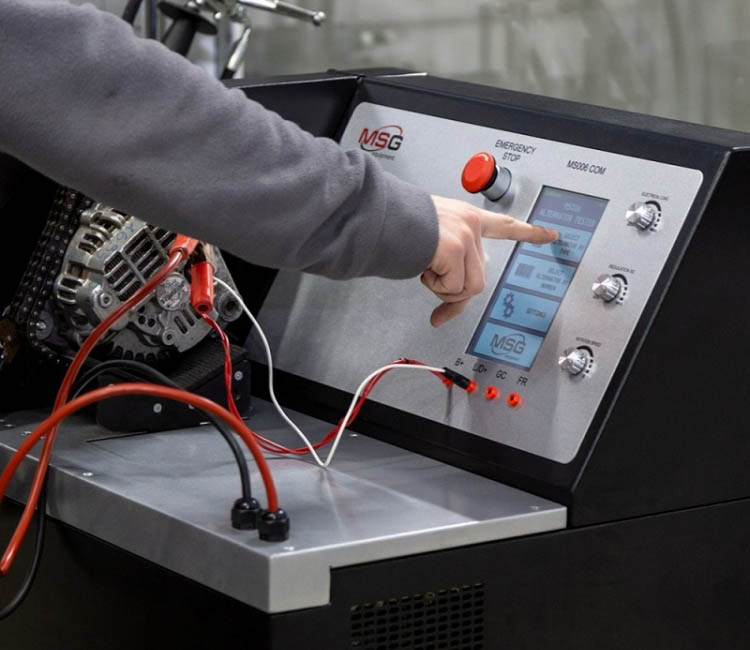Diagnostics and repair of automotive alternators: modern challenges and solutions for service stations

Modern vehicles are increasingly becoming high-tech platforms: complex electronic architectures, intelligent control systems, and hybrid powertrains significantly raise the requirements for maintenance and diagnostics. One of the key systems is the alternator — the device responsible for ensuring stable power supply to all electrical consumers in the vehicle. If in the past alternator testing was a relatively simple task, today it has become a full-scale engineering challenge with numerous nuances.
Why alternator diagnostics are becoming more complex
In modern vehicles, an alternator is no longer just a voltage source. It:
- can be controlled via LIN or CAN bus;
- operates under Smart Charge algorithms;
- may be part of an energy recuperation system (e.g., Mazda’s I-ELOOP system);
- may function as a belt-driven starter-generator (Mild Hybrid 48 V).
This means that traditional testing methods — using a multimeter and visual inspection — no longer provide an accurate picture of the component’s condition. Hence, the many challenges faced by service station specialists.
Main problems in diagnosing alternators at service stations
1. Inability to identify whether the problem is in the alternator or the control electronics
In many vehicles, the alternator receives commands from the engine control unit (ECU). If communication is disrupted and the alternator’s control algorithm does not execute correctly, the alternator may fail to charge even if it is fully functional. Without specialized equipment, a workshop may mistakenly conclude that the alternator is defective and replace it unnecessarily.
Solution: Use diagnostic testers MS015A or MS016, which can emulate ECU control signals. This makes it possible to test the alternator independently of the vehicle’s control system.

2. Hidden alternator faults
Some faults, such as voltage drops under load, diode bridge defects, or irregular regulator operation, usually manifest only under high load currents. In service stations without the appropriate equipment, such defects remain undetected.
Solution: Test benches MS005A and MS002A can apply maximum load to the alternator, simulating extreme operating conditions. This makes it possible to reveal “hidden” defects.
3. Difficulties in testing 48 V belt-starter generators (BSG)
In vehicles with a 48 V Mild Hybrid powertrain, the alternator performs dual functions:
- engine starting;
- generating power with energy recuperation.
Such alternators require a 48 V power network and CAN bus control signals, making it impossible to test them on standard starter-alternator benches.
Solution: Use the MS005A test bench — one of the few on the market that supports full diagnostics of 48 V belt-starter generators. The MS005A bench enables testing of 48 V BSG units both in starter and alternator modes.
4. Problems with selecting replacement components
This particularly applies to voltage regulators, especially those with “smart” (digital) regulators. For such an alternator to work in the vehicle, its ID number must match the ID stored in the ECU. If they do not match, the vehicle will not recognize the alternator or send the required signals.
Solution: With the MS016 tester, data can be read from a non-functioning regulator — in most cases successfully. A new regulator with identical parameters can then be selected.

5. Incorrect alternator replacement when the fault lies elsewhere in the circuit
It is common in workshops for a customer to complain of a “non-working alternator,” but the actual cause is:
- a defective 12 V battery;
- corroded or damaged ground or positive cables;
- damaged wiring;
- a faulty ECU.
Replacing the alternator does not solve the issue, while the service station incurs unnecessary costs and wastes valuable diagnostic time.
Solution: Comprehensive alternator diagnostics on a test bench (MS005A, MS002A, or MS006). The alternator is tested outside the vehicle, and its condition is either confirmed or disproved.
6. Lack of post-repair quality control
Installing a repaired alternator in a vehicle without prior bench testing carries high risks: an unsatisfied customer and a repeat repair at the workshop’s expense. On-vehicle testing can only show “working/not working” but cannot confirm how reliably or stably the alternator will function over time. This becomes apparent only after extended vehicle use.
Solution: Alternator diagnostics on a test bench (MS005A, MS002A, or MS006) provide an accurate assessment of the alternator’s condition. The benches evaluate the alternator comprehensively — electrical parameters, mechanical condition, and performance under load.

Conclusion
A modern alternator is no longer a simple electromechanical unit but an intelligent device closely integrated with a vehicle’s electronic systems. Service station specialists face multiple diagnostic challenges: from difficulties verifying control signals to identifying faults that appear only under load.
The solution lies in adopting modern diagnostic equipment, which enables workshops to:
- test alternators under near-real operating conditions;
- accurately identify faults;
- avoid unnecessary replacements;
- save technician time and customer costs.
Test benches MS002A, MS005A, MS006 and testers MS015A, MS016 from MSG Equipment provide exactly this approach. They allow workshops not only to detect failures but to diagnose accurately, repair correctly, and work with confidence in the result.








